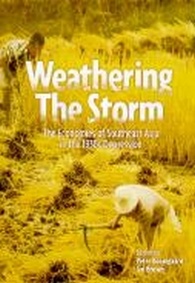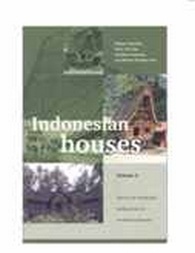Weathering the Storm: the economics of Southeast Asia in the 1930s depression
Description
The principal cause of the 1930s depression in Southeast Asia lay outside the region – through a sharp contraction in demand for the region’s major commodity exports. But it had important internal causes, too: an oversupply of primary commodities and an increasing scarcity of new agricultural land leading to higher rents and lower wages, rising indebtedness and increasing landlessness. This work thoroughly analyses the pre-war depression. It also looks at the changes in the basic structures of the economies of Southeast Asia that were of long-term importance, such as the role of the state in the economy. The authors also draw similarities and contrasts between the 1930s depression and the 1990s Asian crisis. Contributors: * Peter Boomgaard * Anne Booth * Pierre Brocheux * Ian Brown * William G. Clarence-Smith * Daniel F. Doeppers * Paul H. Kratoska * J. Thomas Lindblad * Sompop Manarungsan * S. Nawiyanto * Irene Norlund * Jeroen Touwen * Willem Wolters co-published with ISEAS, Singapore.
Additional Information
| Edition | |
|---|---|
| Pages | |
| authors | 568 |







